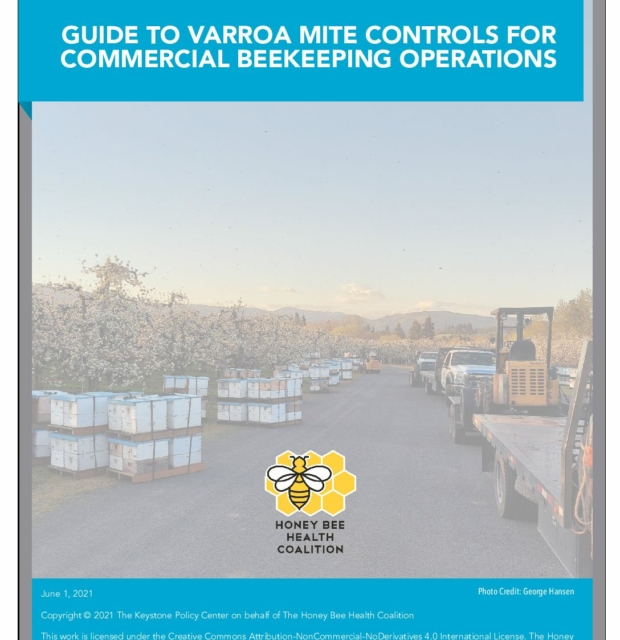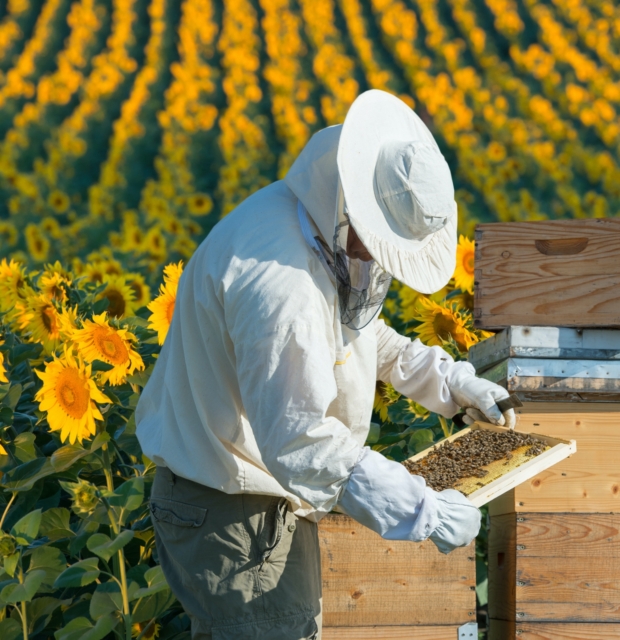News
HBHC Releases Guide to Help Beekeepers Detect, Control Varroa Mite Infestations
PRESS RELEASE
[Keystone, Colorado, August 10, 2015]
Honey Bee Health Coalition Releases Guide to Help Beekeepers Detect, Control Varroa Mite Infestations
Guide Equips Beekeepers of All Types with Tools to Tackle Parasite, Strengthen Hive Health
The Honey Bee Health Coalition, a diverse coalition dedicated to improving the health of honey bees and other pollinators, released a guide today aimed at helping beekeepers strengthen hive health by controlling the Varroa mite (Varroa destructor). This parasitic mite undermines honey bee health by literally draining the life from honey bees, spreading viral diseases, and wiping out vast numbers of hives along with the pollination services these bees provide. As a result, these tiny mites are one of the biggest threats to honey bees and global food production.
“Varroa mites are one of the most serious threats to honey bee health and hives across North America,” said Bob Sears, President of the Eastern Missouri Beekeepers Association. “This straightforward guide, compiled using the best available scientific and commercial information, will equip beekeepers — from hobbyists to commercial — with effective and environmentally sensitive approaches to monitoring as well as control techniques to ensure their colonies can endure.”
“These problematic parasites have demonstrated a startling resiliency and ability to spread to other honey bee colonies,” said Christi Heintz, Executive Director of Project Apis m. “This guide, developed by leading honey bee health experts, will ensure beekeepers can more easily confront the problem of Varroa mite infestations, better protect their own bees, and mitigate the parasites’ abilities to move into other nearby apiaries.”
The Honey Bee Health Coalition worked with Dr. Dewey Caron, emeritus professor of Entomology and Wildlife Ecology at the University of Delaware and affiliate professor at Oregon State University’s Department of Horticulture, to gather input from leading experts on Varroa mite control. The resulting guide identifies straightforward, proactive, and flexible monitoring methods and guidelines to help beekeepers detect and control Varroa mites.
The guide, which can be found at http://

